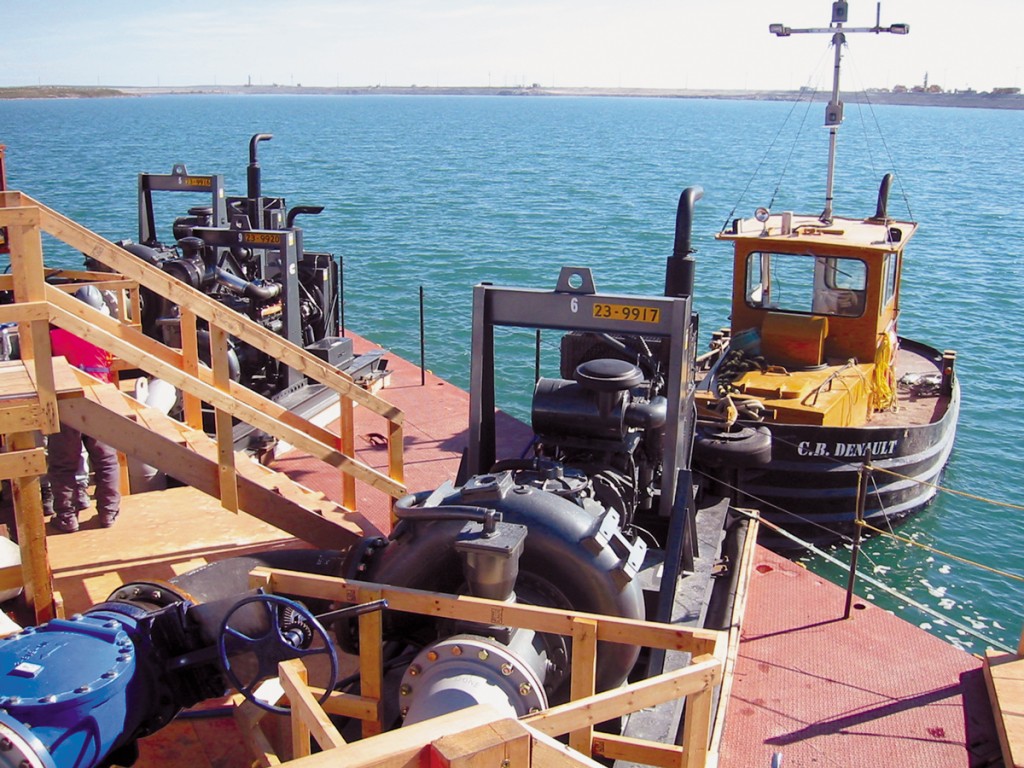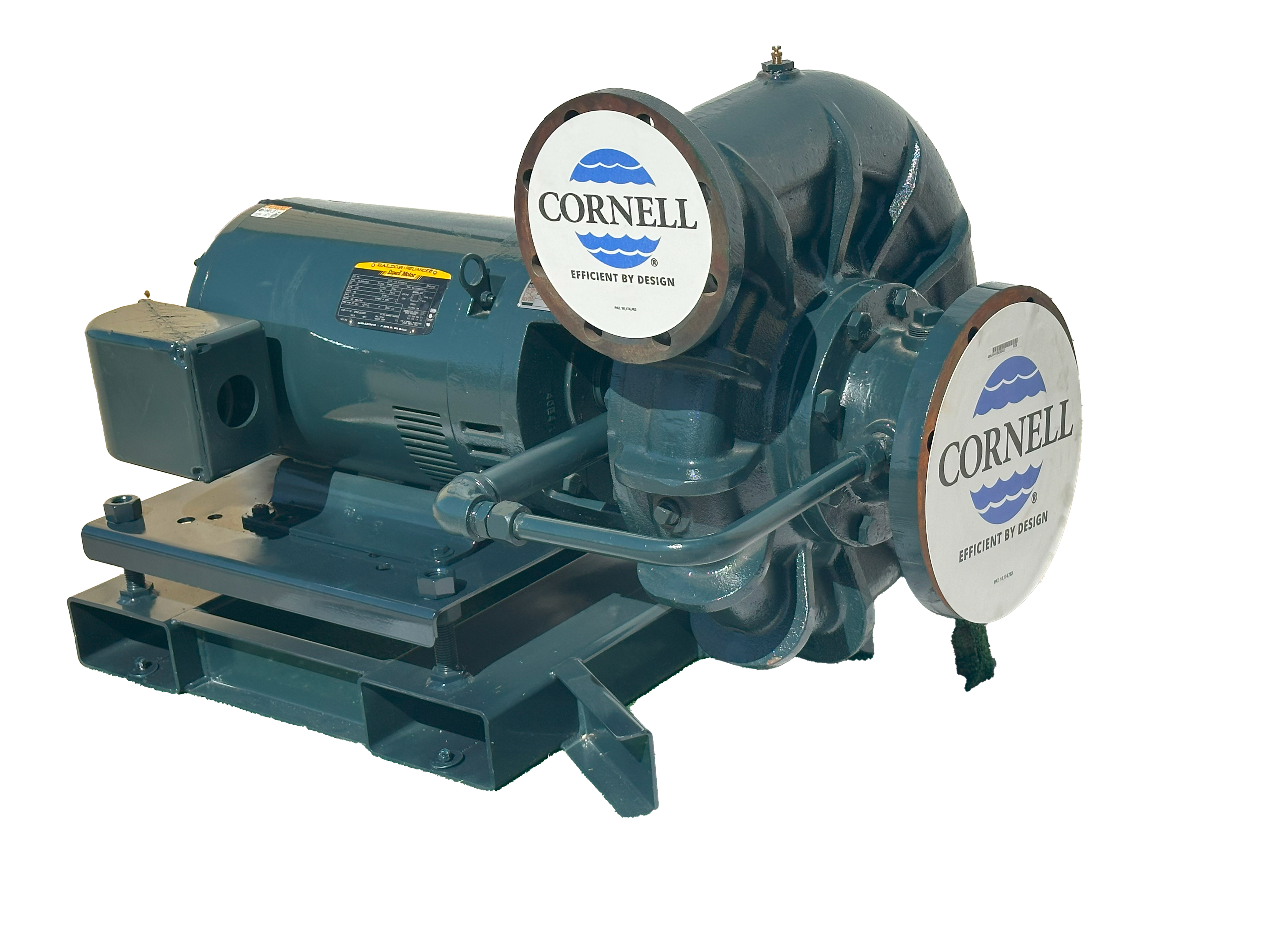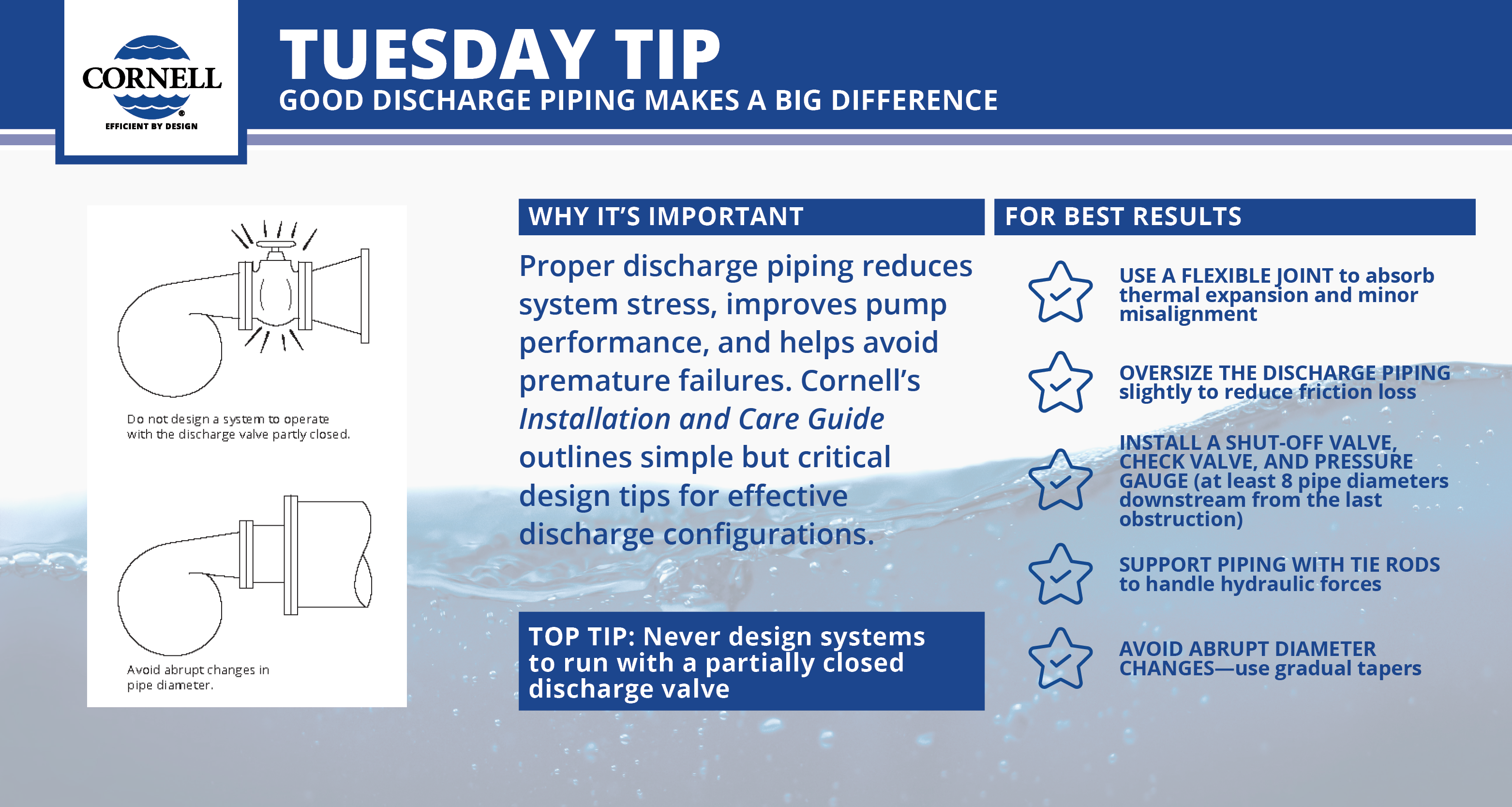
 Cornell 16NHG22 Redi-Prime® Pumps Move 2.6 Billion Gallons of Water in Seven Weeks.
Cornell 16NHG22 Redi-Prime® Pumps Move 2.6 Billion Gallons of Water in Seven Weeks.
Diamonds are among the most expensive items by volume in the world. Finding where they are is usually difficult; extracting them can be even more difficult. In the far Canadian North, a diamond consortium was investigating promising geological formations for diamond deposits. They were stunned when their exploration turned up three columns of diamonds, with an estimated yield of more than 130 million carats weight.
The diamond columns were located about 12 meters (36 feet) underneath Lac de Gras in the Northern Territories. To retrieve the diamonds, the consortium planned to build dike walls around the column of diamonds, and pump out the water entrapped behind the dike. It would be a colossal task under any circumstance, but to keep to a mining schedule, and remove the water during the short Arctic summer, the former lake bed around the mine would have to be dewatered in seven weeks.
To move 2.6 billion gallons of water from the mine area and back into the lake, a fleet of eight Cornell 16NHG22 Redi-Prime® pumps were employed on two barges. Pumping more than 36,800 gallons per minute around the clock for 49 days, the pumps worked like champions, and did it in harsh conditions, operating just 125 miles south of the Arctic Circle.
Without the ability to successfully move that much water, that quickly, and without breakdown, the mine might have been delayed more than six months in its opening, costing the consortium tens of millions of dollars. Since 2003, more than 50 million carats of diamonds have been extracted. The mine is expected to be in operation past 2021, extracting high quality diamonds. Cornell pumps are expected to be used in the new underground phase of the mine, opening in 2013.



